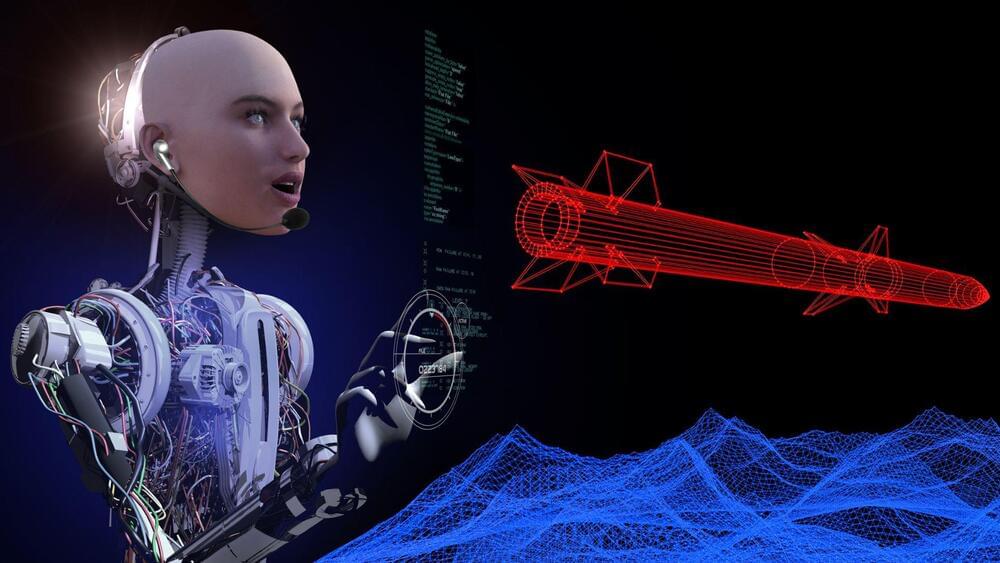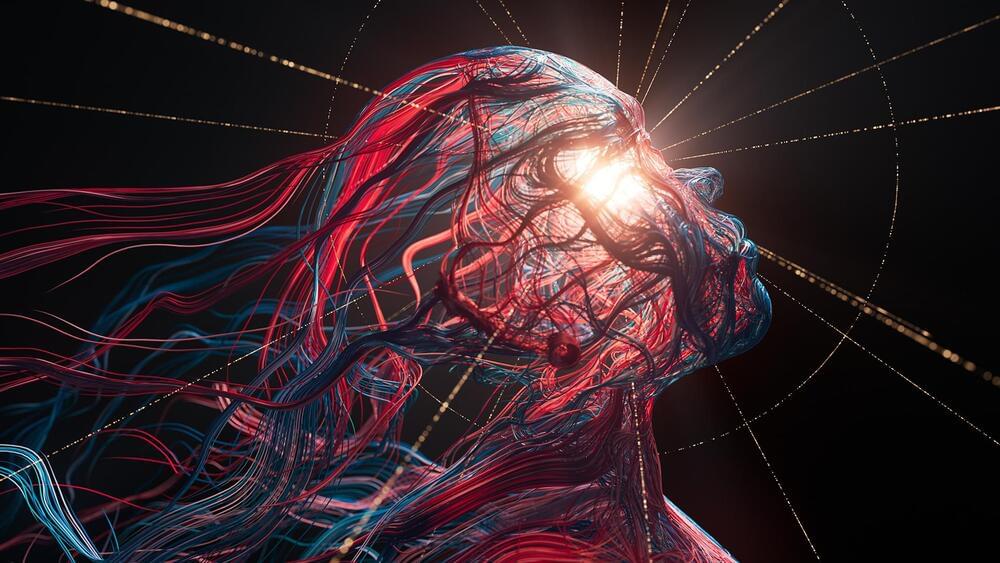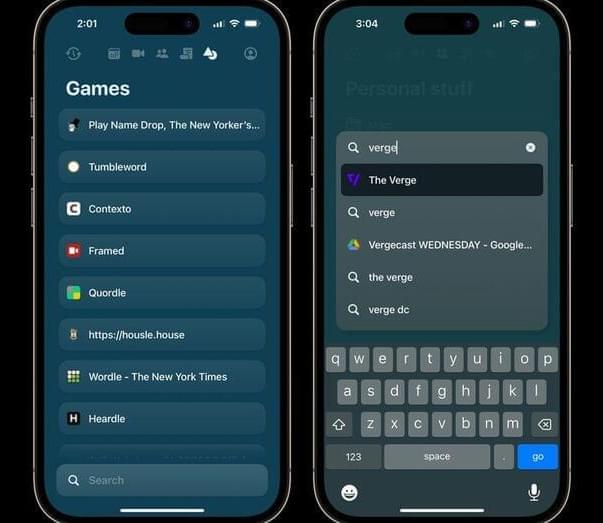
According to statistical analysis, Japanese women, in particular, may live to be 122 in the coming decades.
Whether or not there is a limit to the human lifespan has been a subject of debate for millennia. However, estimates indicate that the maximum lifespan has increased throughout recorded history. For instance, the late Bronze Age’s Hebrews regarded 80 years as the maximum human length, then 1,000 years later, the Romans considered it to be 100 years.
Skiping to the present, Jeanne Calment, who died in 1997 at the age of 122, currently holds the world record for the oldest person. Despite advances in medical science, no one has been able to break this record so far.
Cecilie_Arcurs/iStock.
However, estimates indicate that the maximum lifespan has increased throughout recorded history. For instance, the late Bronze Age’s Hebrews regarded 80 years as the maximum human length, then 1,000 years later, the Romans considered it to be 100 years.









